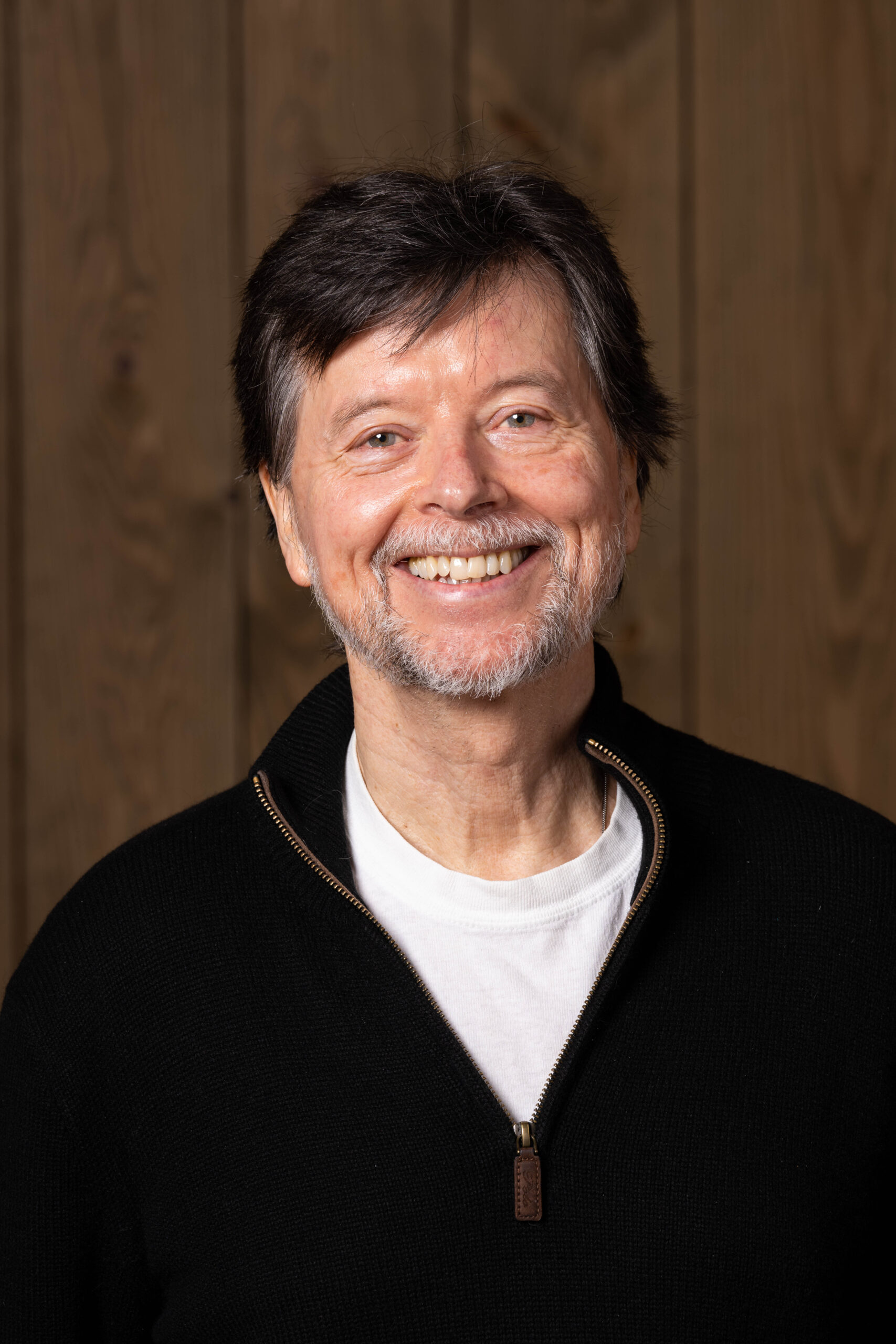
25 Aug Telluride Museum: He’s Baack! An Evening With Ken Burns, 8/27/23!
The Telluride Historical Museum once again presents “An Evening with Ken Burns,” featuring the award-winning director’s very first documentary: “Brooklyn Bridge” (1981). Event takes place Sunday, August 27. Doors: 5:30pm; screening, 6:00pm, Michael D. Palm Theatre. The evening includes the screening, post-film Q&A, and book & DVD signing.
Tickets $20 for museum members; $25 for non-members; $5 for students. Tickets here.
“(Ken) Burns is not only the greatest documentarian of the day, but also the most influential filmmaker period. That includes feature filmmakers like George Lucas and Steven Spielberg. I say that because Burns not only turned millions of persons onto history with his films, he showed us a new way of looking at our collective past and ourselves,” The Baltimore Sun.
Please scroll down to listen to our podcast featuring Ken Burns.
And go here for more on Ken Burns in Telluride.
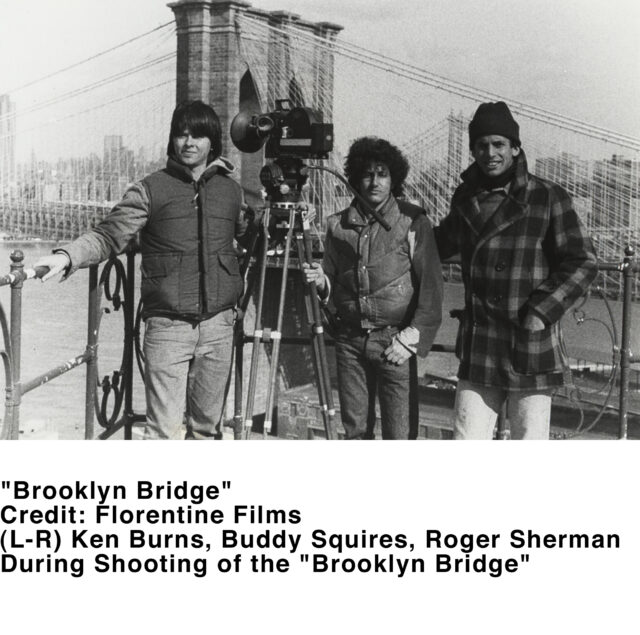
Being buffaloed. The term originated in the American West and means to intimidate or frighten. The link to the American bison is obvious, no? When a bison herd defends itself, everyone circles up with young calves in the middle and makes intimidating faints, horns out, towards the perceived threat. If they can hook or trample the intruder they will grind it into the ground using their massive heads and horns. So, if you buffalo someone, you are intimidating or asserting authority to get that individual to act in a specific manner. Buffaloed can also mean being confused or baffled – often due to intimidation.
As in the way many of us feel in the face of fake facts, fake news, cynical politicians and the ever-present threat of domestic violence.
Ken Burns was a wet-behind-the-ears filmmaker when he met the towering playwright Henry Miller – literally and metaphorically, Miller was 6-foot-5 – at his Connecticut farm in 1979 to pose a question that could have helped him frame his freshman project. Burns figured that as the author of “A View From the Bridge” Miller should have at least a few pearls to share with the world on the subject.
But Burns was buffaloed at first.
“I arrived with heart pounding, he…leans in, ‘I don’t know a god-damned thing about the Brooklyn Bridge!’ ,” Burns recalled Miller saying. “I just must have looked so mortified.”
“The playwright did not give him a chance to reload his camera. Burns got to ask a single question and to this day can quote, to the word, how Miller replied: ‘You see, the city is fundamentally a practical utilitarian invention and . . . suddenly you see this steel poetry sticking there . . . . It makes you feel that maybe you too could add something that would last and be beautiful…’
“Just like that, the unknown Ken Burns had: (1) the ending of his film, (2) a story to tell in graduation speeches he would be asked to give when he too became famous, and (3) a mantra for his life: “Maybe you too could add something that would last and be beautiful…,” explained The Los Angeles Times in 2007.
Before that fateful meeting, in 1977, Burns was pondering a topic for his first project. He was also reading David McCullough’s book about the making of the Brooklyn Bridge and was inspired by that span of steel poetry. But, according to online sources, a few obstacles stood in the way of progress. Burns was an unknown commodity and he looked even younger than his 24 years. Naturally the iconic McCullough had his doubts – but eventually he was won over:
“In ‘Brooklyn Bridge,’ so much of what might be called the Ken Burns style was already in place: a preference for iconic subjects; a serious commitment to research; the dramatic presentation of historic documents and photos; voiceover narration; the use of actors off camera to speak the actual words of historical figures; interviews with humanities scholars, and interested parties with a strong perspective; the prominence of biography; and a deep interest in the great drama of American culture and history…,” wrote the National Endowment for the Humanities, a principal funder of a number of Burns’ projects.
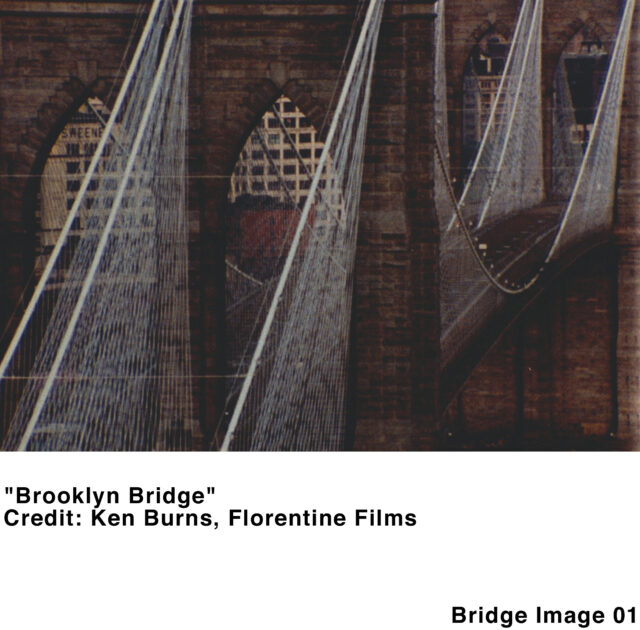
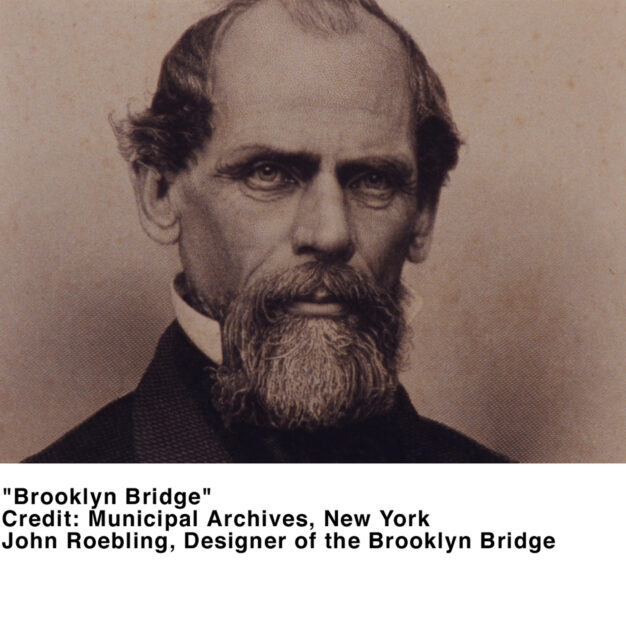

Burns’ “Brooklyn Bridge” examines the great challenges and ingenious solutions that marked the construction of the “Great East River Bridge.” From conception to construction, the documentary traces the iconic bridge’s transformation from a spectacular feat of heroic engineering to an honored symbol in American landscape.
“Brooklyn Bridge” went on to receive outstanding reviews and was nominated for an Academy Award.
We are all invited to walk down memory lane when we welcome Ken Burns back to town for a screening of “Brooklyn Bridge,” in support of and hosted by the Telluride Historical Museum.
From Brooklyn Bridge to the history of the American bison or buffalo. Next up for Burns on PBS.

“The two-part, four-hour film series, which has been in production for four years, will take viewers on a journey through more than 10,000 years of North American history and across some of the continent’s most iconic landscapes, tracing the mammal’s evolution, its significance to the Great Plains and, most importantly, its relationship to the Indigenous People of North America.”
Ken Burns, more:
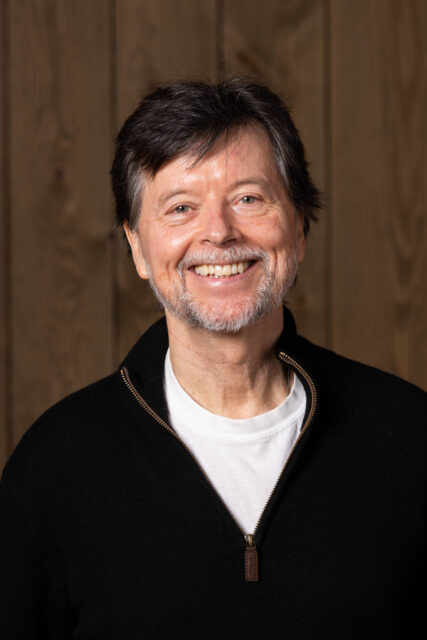
Credit: Steve Holmes Photography
Ken Burns is an award-winning documentary filmmaker known for his work on periods in American history and American culture. Often produced with WETA-TV and the National Endowment for the Humanities for broadcast on public television by PBS (Public Broadcasting Service), his films and television miniseries celebrate and examine the American experience with an unflinching eye.
Burns is an honorary homie. The iconic filmmaker has a nearly 30-year relationship with Telluride, which he is known to describe shamelessly as “my lover.”
Since the Academy Award-nominated “Brooklyn Bridge, Burns went on to direct and produce some of the most acclaimed historical documentaries ever made, recounting the histories of jazz, the Civil War, baseball, Prohibition, the decade-long calamity known as “The Dust Bowl,” the Roosevelts, the Vietnam War and the history of country music.
Burns has a well-deserved global reputation for in-depth meditations on Americana, projects on which he often wears many hats: writer, cinematographer, editor, and music director – in addition to producing and directing.
Many of his celebrated documentaries premiered at the Telluride Film Festival, which Burns has described as “the best festival on the planet” and where he now serves on the board. Examples include ”Huey Long,” 1985; “The Civil War,” 1990; “Baseball:The Tenth Inning,” 1994; “Frank Lloyd Wright,” 1998; “Jazz,” 2001; “Horatio’s Drive: America’s First Road Trip,” 2003; “The War,” 2007; “The Central Park Five,” 2013.
Two of Burns’ films screened at Telluride’s other major film-centric event: Mountainfilm in Telluride, which debuted “The National Parks: America’s Best Idea,” 2009, and “The Dust Bowl,” 2013.
And coming soon: in the works are “LBJ and the Great Society,” “American Revolution, Reconstruction” and “Leonardo da Vinci,” Burns’ very first project to unfold entirely outside the continental United States.
The late historian Stephen Ambrose said of Burns’ film work: “More Americans get their history from Ken Burns than any other source.”
And Wynton Marsalis has described Ken Burns as “a master of timing, and of knowing the sweet spot of a story, of how to ask questions to get to the basic human feeling and to draw out the true spirit of a given subject.”
In 1990, after more than 39 million people watched the first broadcast of “The Civil War,” Burns received an NEH Charles Frankel Prize.
On three occasions he received the coveted Erik Barnouw Award from the Organization of American Historians and he holds 30 honorary degrees.
Burns’s films have won 14 Emmys and three Peabody Awards.
In 2008, the filmmaker received a Lifetime Achievement Award from the Academy of Television Arts & Sciences.


Sorry, the comment form is closed at this time.